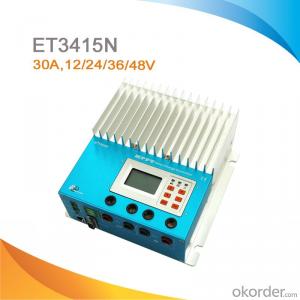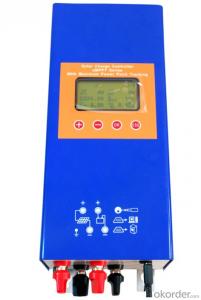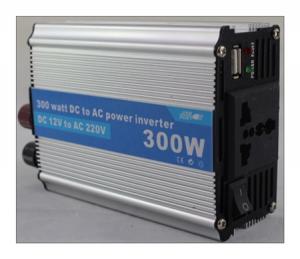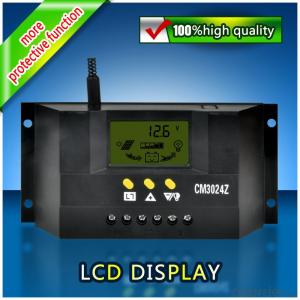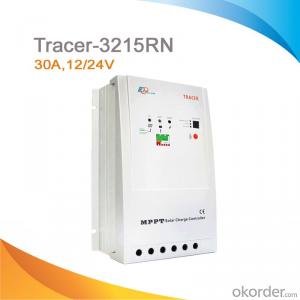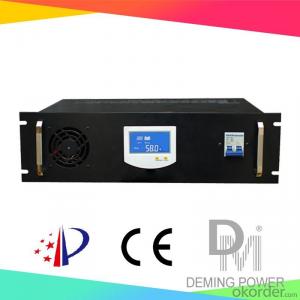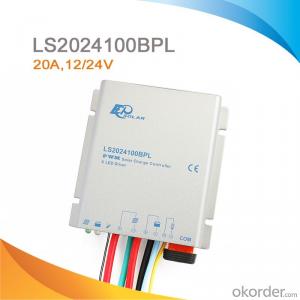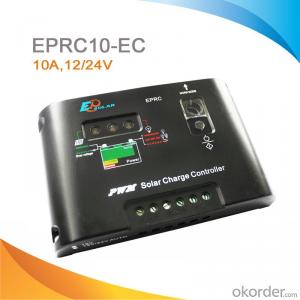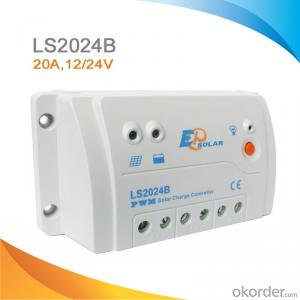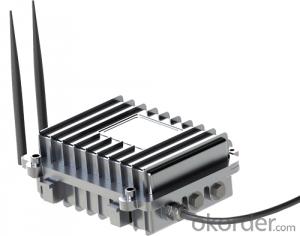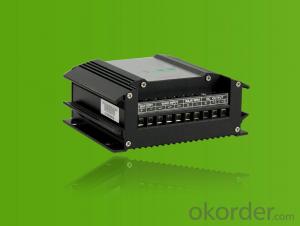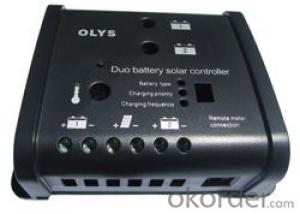All Categories
- - Steel Wire Rod
- - Steel Coils
- - Steel Profiles
- - Steel Pipes
- - Stainless Steel
- - Tinplate
- - Special Steel
- - Steel Sheets
- - Steel Rebars
- - Steel Strips
- - Hot Rolled Steel
- - Cold Rolled Steel
- - Pre-painted Steel
- - Seamless Steel Pipe
- - Welded Steel Pipe
- - Hollow Steel Tubes
- - Galvanized Pipe
- - Stainless Steel Coil
- - Stainless Steel Sheet
- - Stainless Steel Plate
- - Stainless Steel Strips
- - Electrolytic Tinplate Coil
- - Electrolytic Tinplate Sheet
- - Stainless Steel Rebars
- - Solar Panels
- - Solar Water Heater
- - Solar Related Products
- - Solar Inverter
- - Solar Cells
- - Solar Light
- - Solar Energy Systems
- - Solar Controllers
- - Solar Mounting System
- - Solar Pump
- - Solar Chargers
- - Fiberglass Chopped Strand
- - Fiberglass Mesh Cloth
- - Composite Pipes
- - FRP Pultrusion Profiles
- - Fiberglass Mat Tissue
- - Fiberglass Fabrics
- - Fiberglass Mesh
- - Composite Tank
- - Fiberglass Mesh tape
- - Polymer
- - FRP Roofing Panel
- - Fiberglass Roving
- - Monolithic Refractories
- - Ceramic Fiber Products
- - Refractory Bricks
- - Raw Materials For Refractory
- - Suspended Platform
- - Cranes
- - Concrete Machinery
- - Earthmoving Machinery
- - Building Hoist
- - Road Building Machinery
- - Plastic Pipe Fittings
- - Plastic Tubes
- - Plastic Sheets
- - Agricultural Plastic Products
- - Plastic Nets
 All Categories
All Categories
Q & A
How do I connect solar panels to a solar controller?
To connect solar panels to a solar controller, follow these steps:
1. Identify the positive and negative terminals of your solar panels.
2. Locate the corresponding positive and negative terminals on the solar controller.
3. Connect the positive terminal of the solar panel to the positive terminal of the solar controller using a suitable connector or cable.
4. Repeat the process for the negative terminal, connecting it to the negative terminal of the solar controller.
5. Ensure that the connections are secure and tight to prevent any loose connections.
6. Finally, double-check the polarity of the connections to ensure that the positive and negative terminals are correctly aligned.
By following these steps, you can successfully connect your solar panels to a solar controller for efficient energy management.
Can a solar controller be used with solar panels of different orientations?
Yes, a solar controller can be used with solar panels of different orientations. The purpose of a solar controller is to regulate the flow of energy between the solar panels and the batteries or grid. It does not depend on the orientation of the solar panels as it is designed to optimize the charging process regardless of their position.
What happens if a solar controller fails?
If a solar controller fails, it can lead to inefficient or improper charging of the batteries connected to the solar system. This can result in either overcharging or undercharging of the batteries, which can reduce their lifespan and overall performance. Additionally, a failed solar controller may not properly regulate the flow of energy from the solar panels to the batteries, which can potentially damage the batteries or other components of the solar system.
How does a solar controller handle voltage fluctuations in the load?
A solar controller handles voltage fluctuations in the load by regulating the amount of power delivered from the solar panels to the load. It continuously monitors the voltage levels and adjusts the charging/discharging rates accordingly to maintain a stable voltage output. This ensures that the load receives a consistent and optimal voltage, protecting it from potential damage caused by voltage fluctuations.
What are the common problems with solar controllers?
Some common problems with solar controllers include malfunctioning displays, inaccurate voltage readings, failure to charge the batteries properly, and issues with temperature compensation. Other issues can arise from faulty wiring, poor installation, and compatibility problems with the solar panels or batteries.
Wholesale Solar Controllers from supplier in Sri Lanka
Whether you are in need of PWM solar controllers, MPPT solar controllers, or any other type of solar controller, we have a solution to meet your specific requirements. Our team of experts is well-versed in the technical aspects of solar controllers and can provide detailed product information and guidance to help you make the right choice.
In addition to our exceptional sales and technical support services, we also offer competitive pricing and efficient delivery options. We understand the importance of timely project completion, and our streamlined procurement process ensures that you receive your solar controllers in a timely manner.
As part of the CNBM group, we have access to a vast network of suppliers and manufacturers, enabling us to source high-quality solar controllers at competitive prices. Our strong relationships with these suppliers also allow us to negotiate favorable terms and conditions on your behalf.
Furthermore, our market development experience in Sri Lanka gives us a unique understanding of the local solar industry landscape. We are aware of the specific challenges and opportunities that exist in this market and can provide valuable insights to help you navigate them effectively.
Whether you are a solar installer, contractor, or developer, we are committed to supporting the success of your solar projects in Sri Lanka. Contact us today to discuss your solar controller needs and let us help you achieve your renewable energy goals.
In addition to our exceptional sales and technical support services, we also offer competitive pricing and efficient delivery options. We understand the importance of timely project completion, and our streamlined procurement process ensures that you receive your solar controllers in a timely manner.
As part of the CNBM group, we have access to a vast network of suppliers and manufacturers, enabling us to source high-quality solar controllers at competitive prices. Our strong relationships with these suppliers also allow us to negotiate favorable terms and conditions on your behalf.
Furthermore, our market development experience in Sri Lanka gives us a unique understanding of the local solar industry landscape. We are aware of the specific challenges and opportunities that exist in this market and can provide valuable insights to help you navigate them effectively.
Whether you are a solar installer, contractor, or developer, we are committed to supporting the success of your solar projects in Sri Lanka. Contact us today to discuss your solar controller needs and let us help you achieve your renewable energy goals.

